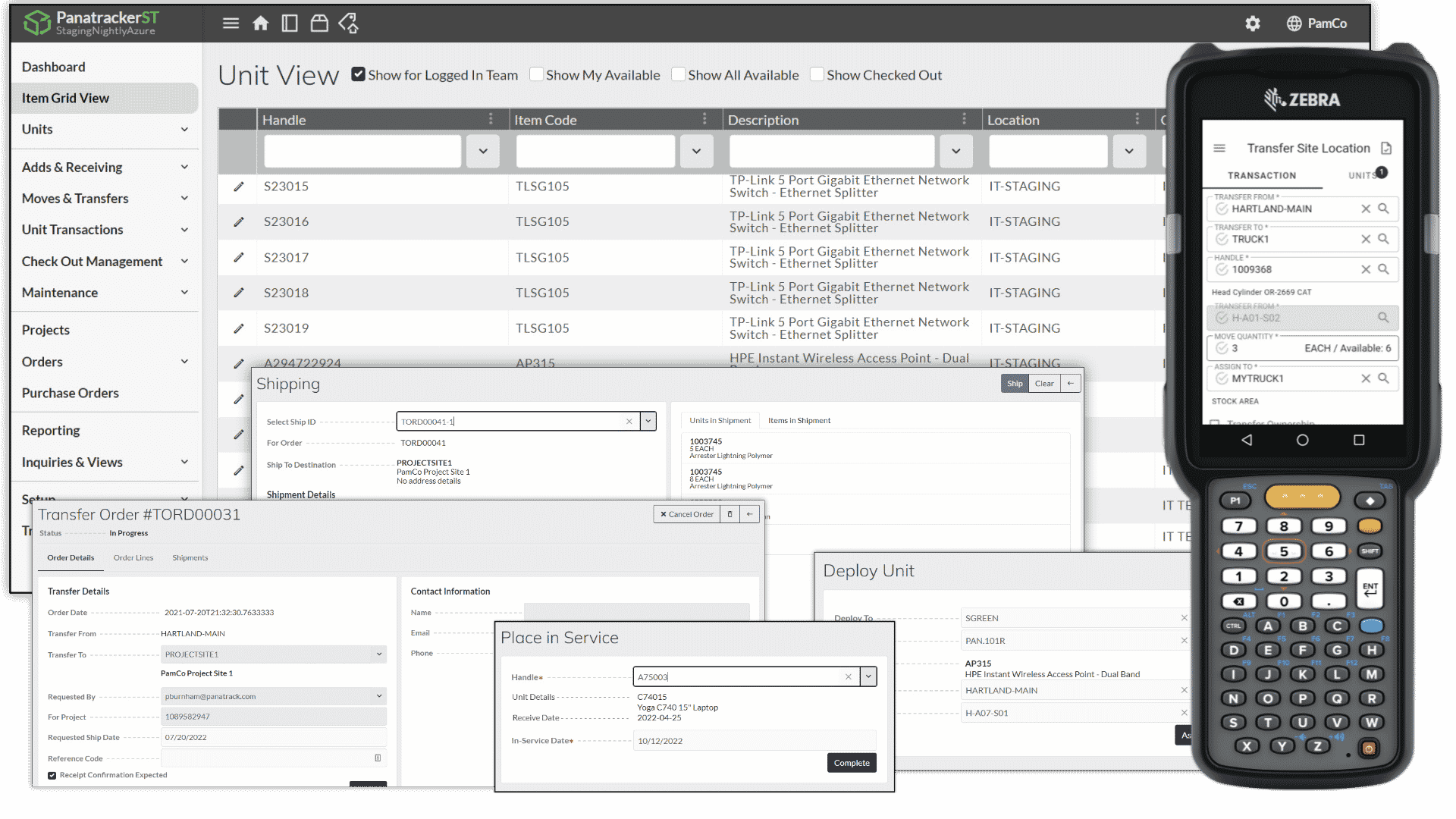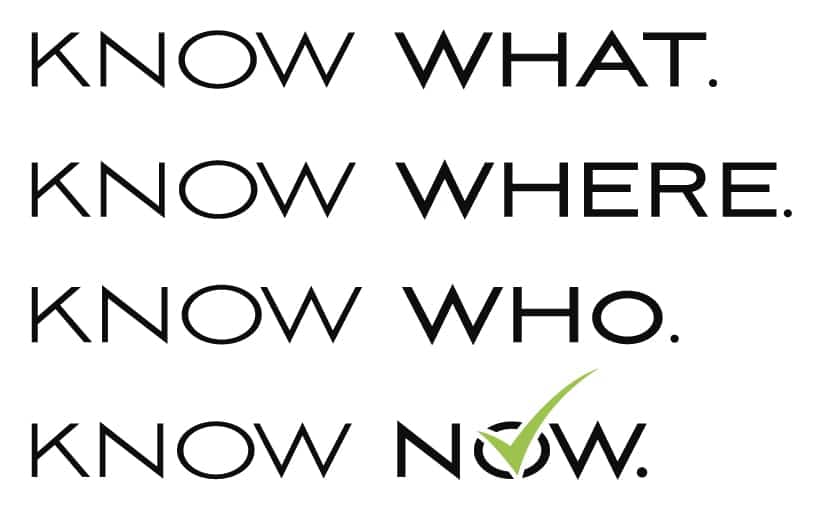A Short Tutorial from Panatrack’s Tracking Technology Experts
A Brief RFID Tutorial
Radio Frequency Identification (RFID) is the use of radio frequency signals to provide automatic item identification. RFID is similar to barcode technology but with additional benefits:
- Non-contact, non-line-of-sight reading
- Read/Write capabilities
- Function in a variety of environmental conditions
- Provides a high level of data integrity
While a barcode system uses a reader to read a barcode label, RFID uses a reader and special RFID tags or labels that are attached to the item. The two tracking systems often coexist.
An RFID system typically includes the following components:
- An RFID transponder or tag that contains data about an item
- An antenna used to transmit the RF signals between the reader and the RFID device
- An RF transceiver that generates the RF signals
- A reader that receives RF transmissions from an RFID device and passes the data to the host for processing (may be a fixed portal or a mobile handheld computer with RFID reader)
- Application-specific software to manage the information
When evaluating RFID for solving a business process problem, all the following warrant consideration:
- What data do you need to encode?
- Where will the data be read?
- Are there physical or environmental constraints in the area where data will be read?
- Will the object be moving when read? If so, how fast?
- What is the required read range?
- How often will the data be read?
- Is unattended operation a requirement or might it be beneficial?
- Do you want to write data back to the data carrier?
- Will the data carrier be out of the line of sight?
- Will the data carrier be subjected to surface contamination (e.g., paint or dirt)?
- Do you need to read multiple data carriers at one time?
- Are you being mandated to implement RFID to your primary customers and would like to identify how to implement this technology throughout your business operation for maximum return on investment?
RFID readers and tags come in a variety of form factors to suit your specific circumstances.
Confused? We don’t blame you! Truthfully, this might be easier to explain over the phone, so we invite you to call us to discuss your specific circumstances.
Advantages of RFID Technology
- Line-of-site reading not required. Tags can be read while in a box or mounted inside of product packaging.
- Tags can hold more data than 1D barcodes.
- Tag data can be changed or added.
- Tags can withstand harsh environments where barcode labels cannot be used.
- Multiple tags can be read simultaneously.
Disadvantages of RFID Technology
- Cost. Barcodes cost less than a penny, whereas even the most optimistic cost for RFID is 5 to 10 cents per tag.
- RFID signals may have problems with some materials. Metals and liquids can cause problems reading RFID tags.
- While it does not require line-of-sight reading, it is also restricted by it because an RFID reader will read ALL tags within its range. With a barcode reader, the specific item is scanned and read, allowing you to single out a specific item.
- Like barcode labels, RFID tags can fail. So, when reading an entire pallet of product at one time, how is a damaged RFID tag identified? And then how are such exceptions handled?
- RFID tags cannot confirm that they were NOT read. This concept is confusing, but we believe it is the most limiting issue when dealing with RFID. Stated differently, in most cases when using RFID technology, you cannot know that you were unable to read a tag. Consider several tagged items within a box passing through an RFID reader. You may read many of the tags, but you typically cannot know that you missed one or more tagged items. Other methods are sometimes employed to attempt to bypass this limitation and attempt to confirm that a tag was missing. (For example, in an RFID portal, an electric eye will know that something passed through the portal. If a tag was not read, then an alert is presented to indicate to the operator that one or more tags were not seen. However, this only indicates that something should have been read, but does nothing to confirm it.)
These advantages and disadvantages lead towards specific cases where the use of RFID can be immensely useful, and others where it proves to be poorly suited. Give us a call to discuss how you are considering applying this technology. We’ll give you the straight answers based on our extensive experience.
Examples of Panatrack’s RFID Solutions
- For a well-known appliance manufacturer, Panatrack custom-developed an application for reading RFID-tagged products during a year-long pilot to prove the value of RFID across the supply-chain.
- Panatrack implemented a system to track and record inbound RFID-tagged items and provided control to put-away locations for a Fortune 500 distribution/retailer. The system also records damage and inspection steps.
- Another Fortune 500 big-box retailer turned to Panatrack to implement an in-store trial studying the feasibility of handheld RFID technology to track DVDs. Panatrack utilized item-level tracking that included tag programming, shelf inventory to maintain restock levels, and “last seen” reporting to assess selling locations. This solution involved integration to their inventory management system, custom software development, RFID prototyping, onsite installation, training, and support.
RFID is constantly changing, and adoption is still relatively new. Barcode technology will probably always be more cost-effective. However, RFID opens the doors to automation and mobilization of data capture where barcode technology is not as effective.
RFID technology is a complicated topic. Reach out to us and let’s start a conversation.



